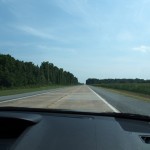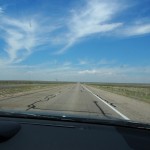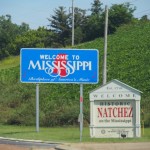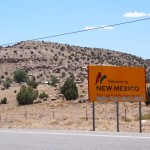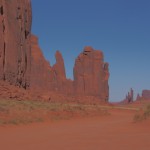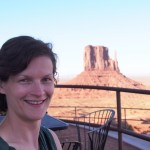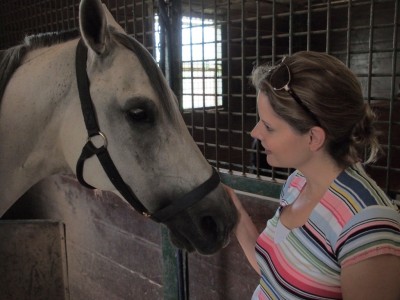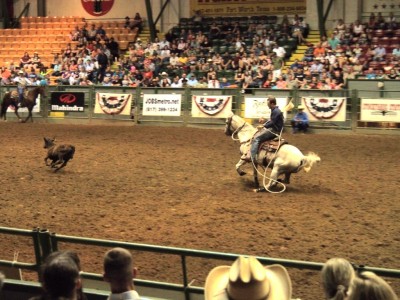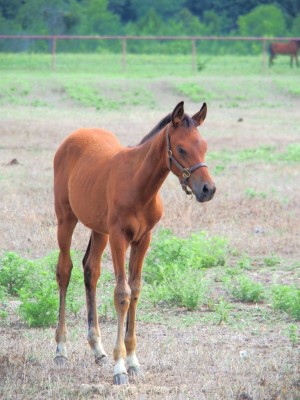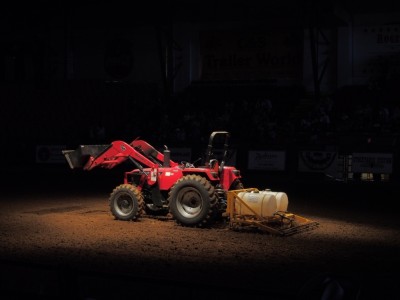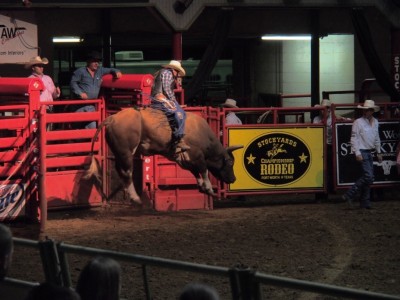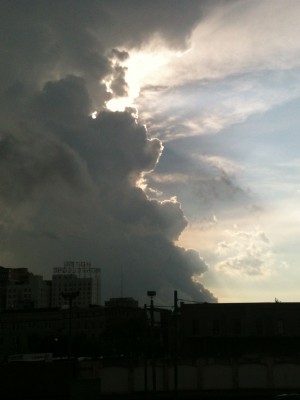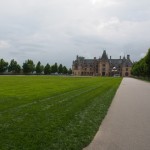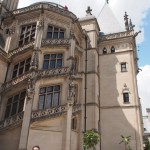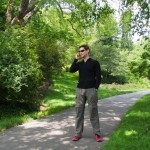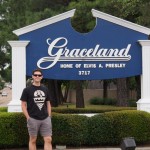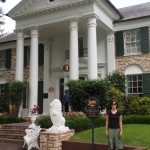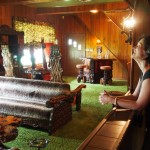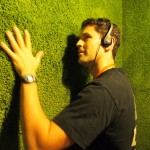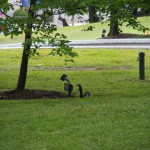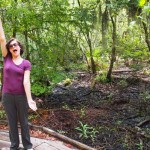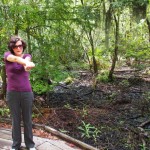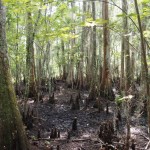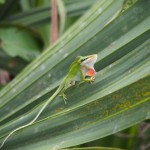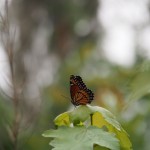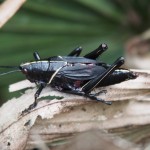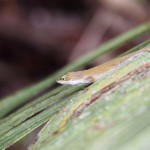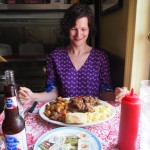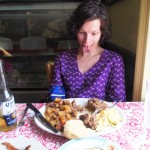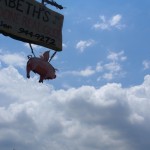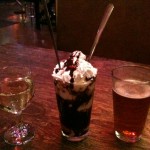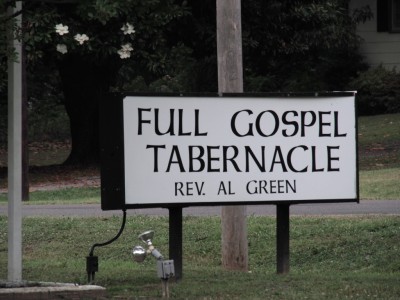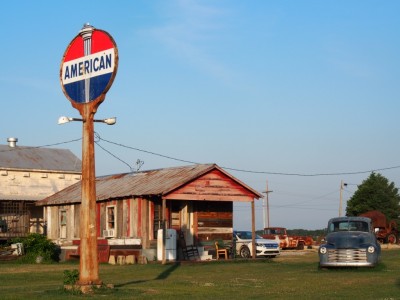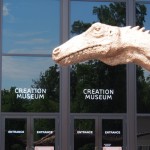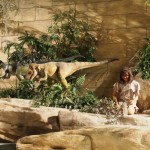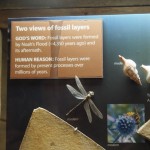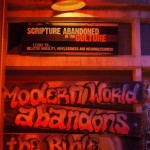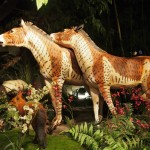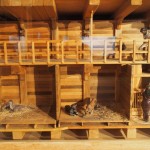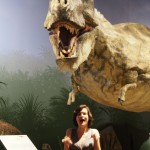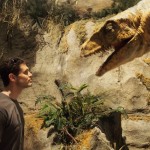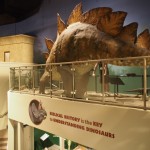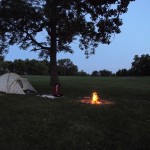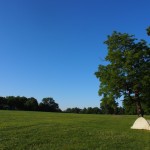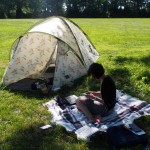[In a driving kind of way, you understand. Don’t panic, haven’t got rid of James… yet…]
I’m getting pretty cotton pickin’ good at this here driving lark.
I’ve driven a couple thousand miles, including (between the two of us) two or three 6-8 hour driving days [gasp of horror from UK audience / so what? from the US readers]. OK, most of it on incredibly long, straight, long, straight, long, straight roads where a mild bend in the road is a cause for some excitement and the appearance of another car leads to giddy euphoria, whilst in between times, audio books keep us just the right side of sane.
But still. I’ve crossed 15 states (and one District). I’ve experienced all the climactic challenges the southern United States in summertime can throw at me. Sun so bright it blinds. Nights so dark other cars’ headlights blind. Thunderstorms, lightning and flash flood warnings.
One final frontier remained however. I’d never driven alone. Where best to break this taboo? Well, I read about a certain road…:
“Although the surface is unpaved, only large RVs and unusually low clearance cars should not make the journey. Heavy rain may temporarily make the road impassable for all but 4WD vehicles, however. The drive is 17 miles long of which 13 miles is a one-way loop, and typical times for the full trip are 2 to 4 hours. 15 mph is the nominal speed limit, and some places are too rocky and bumpy to go any faster, though other sections are quite smooth (with a surface of hard pressed sand), and up to 40 mph is possible.”
How could I say no?!
The road in question is actually the self guided scenic tour of Monument Valley; James unfortunately couldn’t join me on this so the logic for the virgin solo drive became compelling. The conditions are every bit as bad as described and then some, but with the phenomenal views on all sides, who cares? (Well, James, but I got the car back safe and unharmed so he can’t really complain). Driving on my own over rocky twisty turny dirt roads ended up being a blast and an experience I wouldn’t have missed. We’ll post full piccies of Monument later – most were taken on this drive so you’ll see just how amazing it really is.
- We like our roads STRAIGHT…
- …and LONG
- Yeah! We’ve crossed a state line!
- And another. After a while they stopped being so exciting
- First solo drive…speed limit of 15 mph
- Post drive, still smiling

